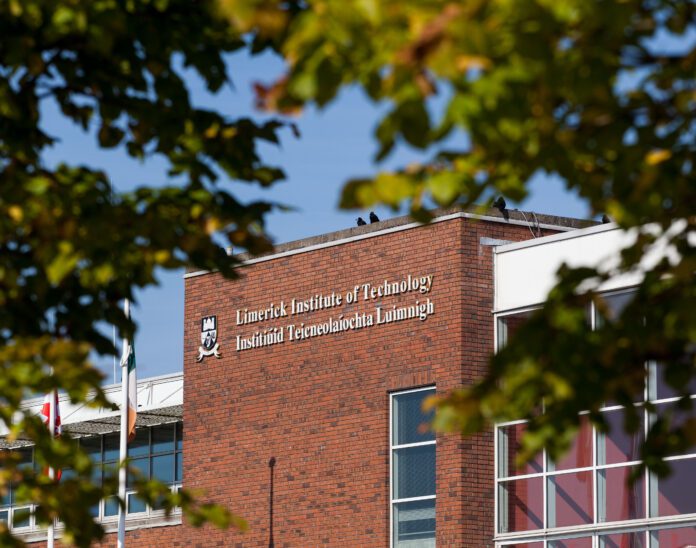
LIMERICK Institute of Technology recorded the highest average course completion rate among the IoT sector, for students who began studying in 2008, 2009 and 2010.
According to course completion data published by the HEA (Higher Education Authority), three out of four students studying in higher education institutions, colleges and universities completed their studies during this period – which coincided with the banking crisis and recession.
Completion rates in Institutes of Technology during the three-year period were recorded at between 65% and 66% year on year, however LIT recorded a completion rate more than 5% higher than the IoT average. LIT’s average completion rate stood at 70% (69%, 71% & 70% respectively.)
The percentage of students completing their level 8 courses at LIT also compared favourably to the average IoT completion rate. For example, completion for LIT students who started level 8 were 75% (1% above sectoral average), 78% (7% above sector), and 75% (4% above sector) for the respective years.
Data for students who started a level 6 or level 7 course in LIT also exceeded the sectoral average. Closer inspection of the numbers showed that the results for entrants from DEIS schools who completed a level 6 and level 7 course at LIT were also positive at 72% (13% above sectoral average), 66% (10% above sector) and 70% (14% above sector) for respective years.
President of LIT Professor Vincent Cunnane said the higher rate of course completion at LIT is testimony to the work of our staff, staff-student relationships and the support services in place to ensure our students get every opportunity to complete their studies.
“The data on course completion published by the HEA is very valuable and welcome, however there is more to be done. We must now look further at why some third level students might not complete their studies.
“We understand from answers to last year’s annual student survey that health, family and financial reasons, employment opportunities and transfer to another institutions were among some of the key influencing factor for non-completion of courses. This of course warrants further study so that areas of concern can be identified, and further supports put in place at all Higher Education Institutes.”
Vice President Academic Affairs & Registrar Marian Duggan said, “The completion rate among students in LIT is testament to the extra supports that are in place to assist students who might be struggling financially, academically or otherwise.
“Our scholarship programmes not only provide important financial support to students who would not otherwise be able to complete their studies, they also provide mentoring services. Indeed, a range of support services such as learning support, counselling service, and a health unit are available to all LIT students, if and when required. Credit must also go to our teaching staff, who know our students by name, recognise their needs and their talents, and are dedicated to ensuring our students reach their full potential.”










